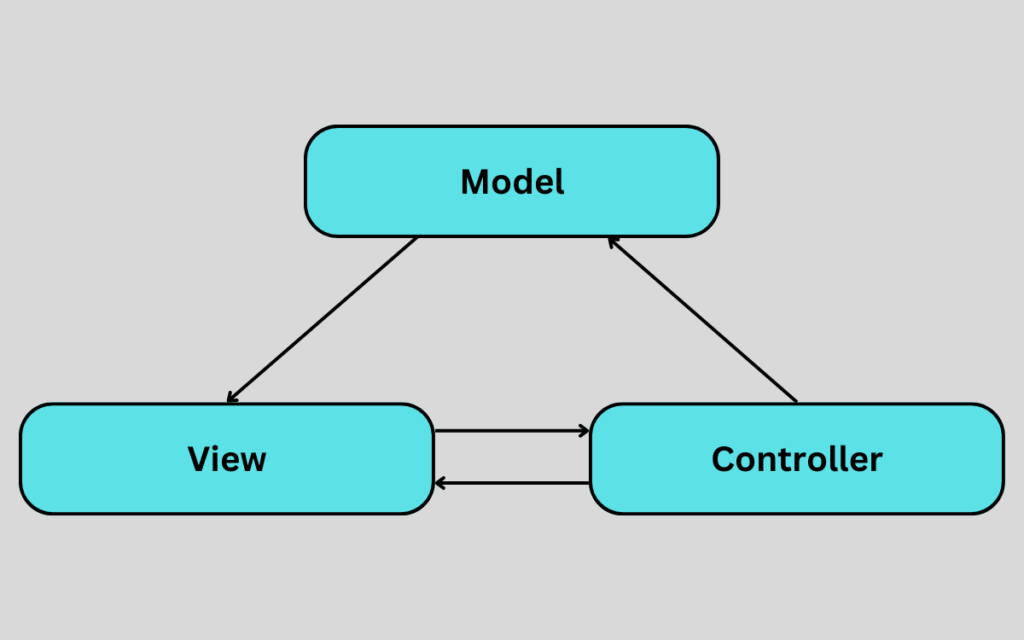Creating efficient and optimized code is an important part of any web development project, and PHP is no exception. As one of the most popular web programming languages, it is important to understand the different tips and tricks for optimizing PHP code. This blog post will cover a range of topics related to improving the performance, readability, and reliability of code written in PHP. IT Training Institute in College Road will help you with topics such as best practices for writing and organizing code, debugging and testing strategies, and tools and libraries that can help significantly improve the efficiency and robustness of your code. By the end of this blog post, you should have a comprehensive understanding of how to optimize your PHP code for maximum performance and reliability.
Break up long functions into smaller ones
Function size is one of the most important factors to consider in optimizing your PHP code. When functions become too long and complex, they become hard to follow and can cause performance issues as well. To address this, one of the best practices to follow is to break up long functions into smaller, more manageable ones. Doing this will help you make sure that your code is well-structured, performant, and easier to read and modify. This will also help you avoid redundant code and bugs that can arise from excessively long functions.

Use descriptive and meaningful variable names
When coding in PHP, variable names should always be descriptive and meaningful. Using variable names that are too long or too short can make your code hard to read and understand, and can cause issues with your application. When assigning variables, try to make sure that the variable names accurately describe the value assigned to them. This makes it easier for other developers to understand the code, and helps to avoid confusion if the code is edited or rewritten later. Additionally, using proper variable names helps with debugging and quickly finding the source of problems.
Utilize memory efficiently
Utilizing memory efficiently is essential for optimizing PHP code. Allocating too much memory can cause your code to run slowly, so it’s important to be mindful of how much you are using. One way to ensure you are using memory efficiently is to use the memory_get_usage() function to check how much memory your code is using. You can also use the memory_get_peak_usage() function to check how much memory your code is using at its peak. Additionally, you can use the gc_collect_cycles() function to manually trigger the garbage collector to free up memory when you’re done with it. By utilizing memory efficiently, you can ensure that your code runs as quickly and efficiently as possible.
Reduce the usage of unnecessary global variables
One of the most important tips and tricks for optimizing PHP code is to reduce the usage of unnecessary global variables. Global variables, while convenient, can slow down the performance of your code and can lead to unexpected results if the code is not properly structured. To reduce the usage of global variables, consider using alternative methods such as functions or classes to encapsulate code logic. In some cases, it may be necessary to use global variables for shared data across multiple pages, but care should be taken to limit their usage to only the most necessary cases.
Utilize the most recent PHP version
PHP is one of the most commonly used programming languages for website development, and its popularity shows no sign of waning anytime soon. That being said, an important tip for optimizing PHP code is to ensure that you are using the most recent version of the language. This is due to the fact that newer versions of PHP generally have improved performance, security and stability features that can result in significant improvements in code efficiency and reliability. Furthermore, many of the newest features are designed to improve the development process, such as improved debugging tools and better exception handling. As such, utilizing the most recent version of PHP is an essential step in optimizing PHP code.
Remove redundant code
Removing redundant code can be a great way to optimize and speed up your PHP code. Redundant code is any code that is repeated, unnecessary, or superfluous. Make sure to go through your code and identify any redundant code that does not contribute to the functionality of the script. Once identified, you can delete this code and reduce the number of lines of code, making your script more concise and efficient. Doing this can help speed up page loading times and improve the overall performance of your code.
Utilize code caching tools
Code caching tools are an essential part of any serious PHP developer’s toolkit. By utilizing these tools, you can drastically reduce the amount of time it takes for your code to execute, as well as make your code more efficient. Caching tools like APC and XCache allow you to store pieces of your code in memory, so that when your code is called again, the memory can be used instead of having to re-execute the code from scratch each time. This can result in dramatic speed increases and improved performance. Additionally, many code caching tools allow you to fine-tune your code to make it as efficient as possible.
Employ code refactoring techniques
Refactoring your code is an important part of optimizing PHP code. Refactoring is the process of restructuring existing code without changing its external behavior. It can help make code easier to read and understand, and can also improve performance and reduce complexity. To refactor your code effectively, identify and fix areas of code that are difficult to read, understand, or maintain. Additionally, focus on improving code readability and clarity, and simplify code logic where possible. Taking the time to refactor your code will pay off in the long run, as it can make your code easier to maintain and update.
In conclusion, following the tips and tricks outlined in this blog post can help you improve the speed and performance of your PHP code. Optimizing your code can help reduce server load, speed up page loading times, and make your code more efficient overall. By following these tips and tricks, you can ensure that your PHP code is optimized and running as smoothly as possible.













